Welcome to ITCoordinates.
Helping your business succeed by connecting the dots in Information Technology
How AI and Metaverse are shaping the future?
- Home
- How AI and Metaverse are shaping the future?
How AI and Metaverse are shaping the future?
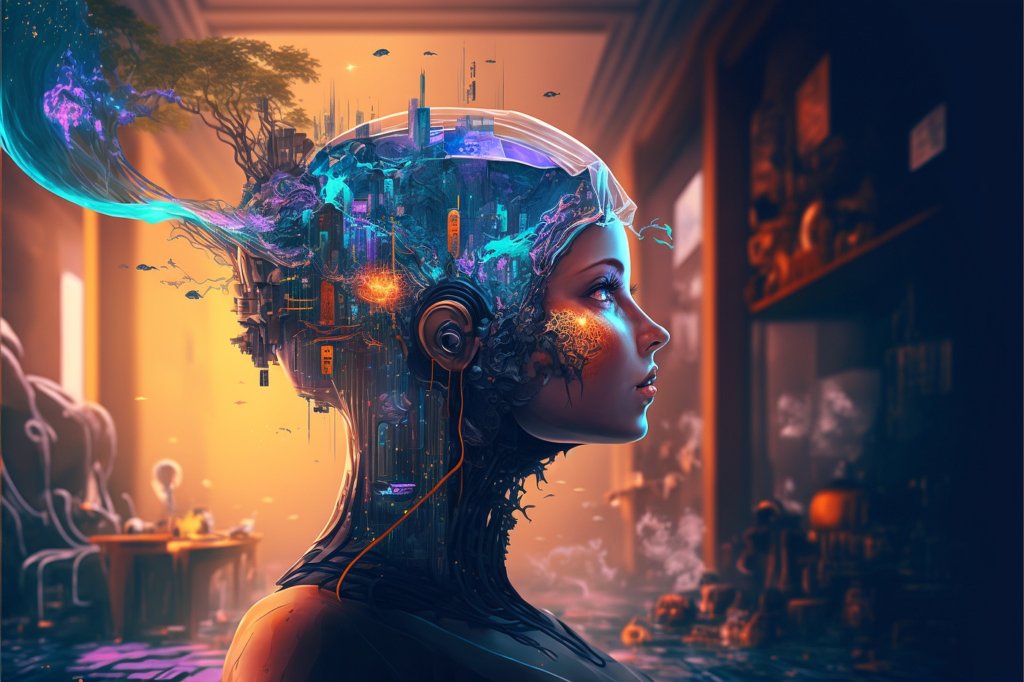
AI and Metaverse intend to drive and integrate technologies for a virtual transformation. Moreover, the Metaverse and its future are a trending topic for technology experts. Metaverse is a virtual reality universe that enables user interactions using various technologies like AI, Augmented Reality, Virtual Reality, etc.
Further, it helps users engage with 3D digital objects and virtual avatars using various technologies and solutions. AI and Metaverse also collaborate to introduce advancements and developments to bring in the new era of reality.
A study states that 40% of employees claim that the companies have an enterprise-wide AI strategy. Hence, experts state that AI, VR, AR, 5G, and blockchain will collaborate to develop a virtual reality in the Metaverse. Hence, here we will learn more about AI and Metaverse, the relationship that will impact the virtual world.
AI and Metaverse: An Important Technological Integration!
-
What is the Metaverse and Why does it need AI?
-
Predictions for AI and Metaverse for 2030
-
Challenges of AI in the Metaverse
-
AI and Metaverse Applications
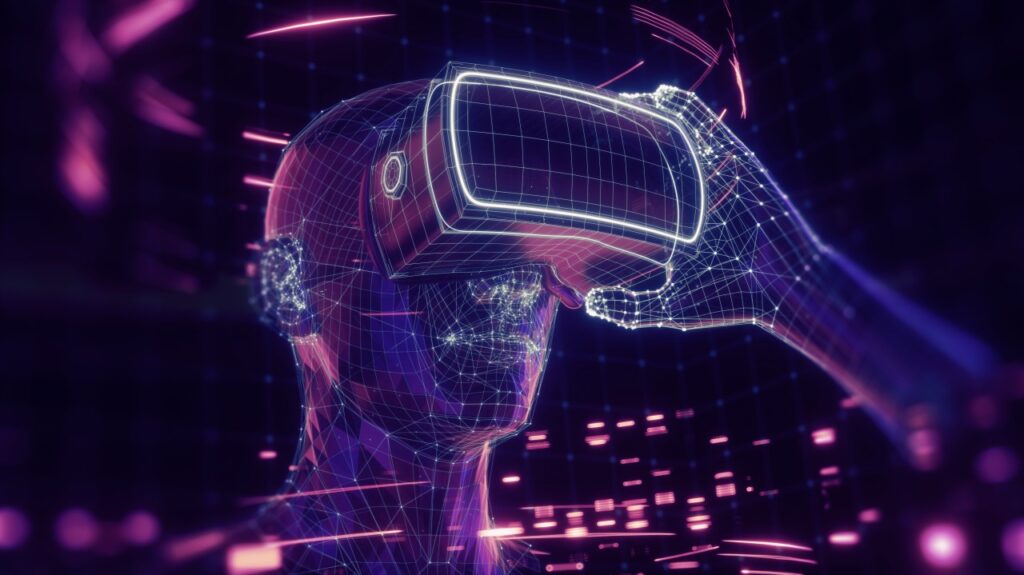

What is the Metaverse and Why does it need AI?
Metaverse is a combination of two words, “Meta” which refers to virtual or transcendence, and verse, a short form for “Universe”. In other words, Metaverse is a virtual universe that uses various technologies to simulate real-world factors.
Moreover, it uses technologies like Virtual reality, Augmented Reality, AI, etc. to build virtual space for users. Further, it integrates the physical components in the digital world for users to buy & sell solutions, create products, interact with people & places, etc.
Hence, here are the basic levels in the Metaverse:
-
Infrastructure
The metaverse builds its infrastructure and environment using data centers, CPUs, GPUs, cloud computing, etc.
-
Human Interface
It also encourages users to use the latest technologies to interact in the virtual world. For instance, mobile phones, smartwatches, smart glasses, and other wearable devices help improve the experience.
-
Decentralization
Moreover, the Metaverse deals with huge data sets and needs a more decentralized solution. Hence, edge computing, blockchain, microservices, etc. offer their solutions to process and analyze data.
-
Spatial Computing
Spatial computing helps introduce the digitalization of products, services, and solutions in the Metaverse. It also supports and optimizes interactions and activities within the Metaverse.
-
Creator Economy
As the Metaverse gains popularity, it also is encouraging creators, developers, and providers to build better solutions that suit virtual requirements.
-
Experience
: AI, VR, AR, XR, and other technologies build the functions within the Metaverse to provide a unique experience to its users.
AI aims to support various functions within the Metaverse. It also helps to simplify user access to various environments within the virtual world. Further, it generates the content and encourages humans to interact with other users and the virtual support.
AI and the Metaverse represent the integrations of Augmented Reality, Virtual Reality, Mixed Reality, etc. AI also increases horizons into the Metaverse by enabling users and businesses to create, purchase, and sell various products, services, and solutions. It would also encourage users to interact and collaborate with other users and businesses for more opportunities.
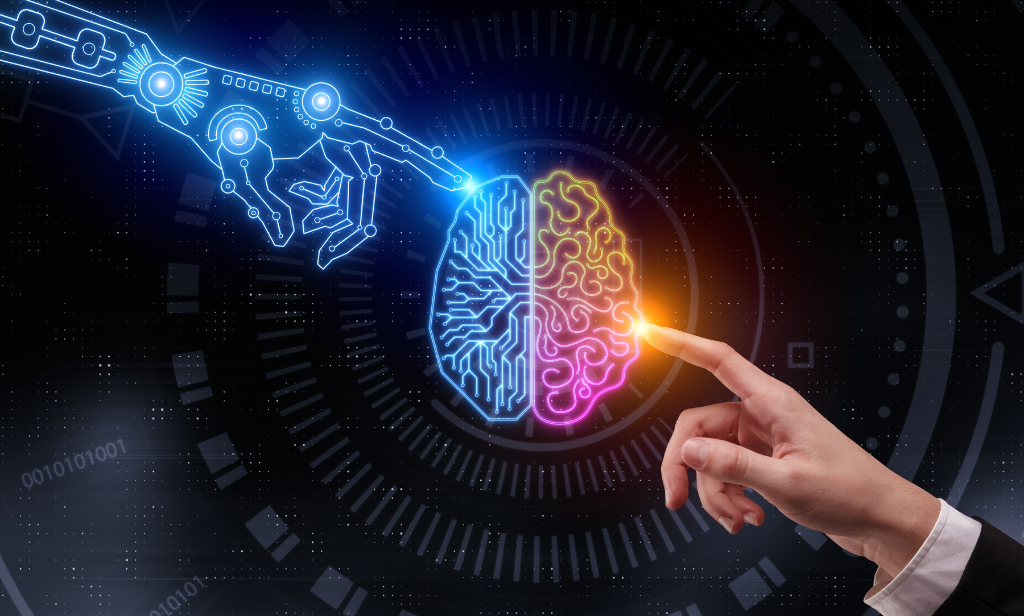
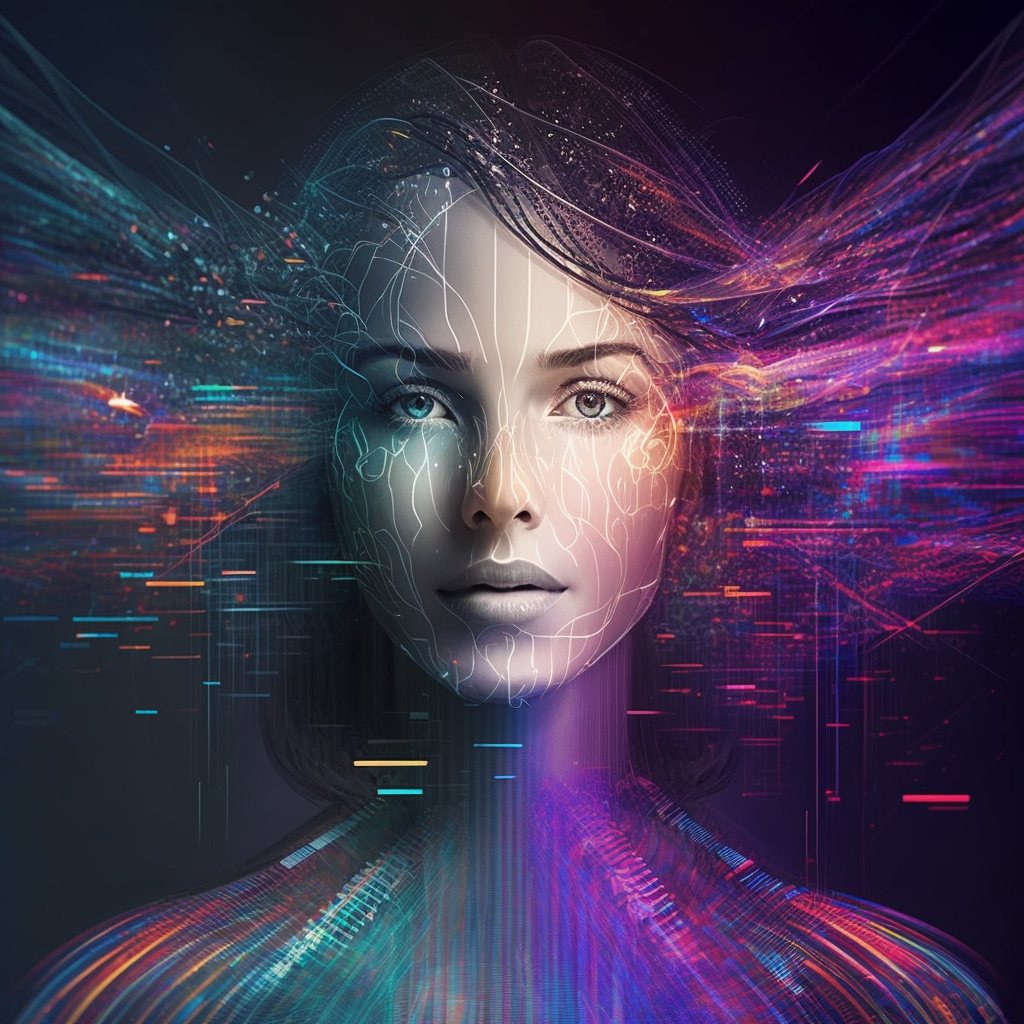
Predictions for AI and Metaverse for 2030
The Metaverse adopts AI and its algorithms, for instance, platforms like Instagram, Facebook, and Whatsapp use AI to resolve issues. Moreover, AI plays a pivotal role to execute facial recognition, NLP, etc. Further, users leverage AI abilities for actionable decisions and develop a smarter virtual world. AI also displays its potential to process larger data volumes to offer insights. Hence, AI and Metaverse are on the verge of changing the virtual world as well as the digitally transforming businesses.
The Metaverse would allow users to be whoever they want to be and create a digital persona. It may also use an integration of physical & behavioral biometrics, emotional recognition, sentiment analysis, data, etc. to offer customization within the virtual world. Further, Metaverse is still expanding its horizons and encouraging humans to use its services due to the current Pandemic. However, researchers predict that Meta may emerge as a dominant virtual space similar to Google, where it has a hold over most of the market share among search engines.
Challenges of AI in the Metaverse
The Metaverse and its concepts are still at an initial stage. Hence, there may be some challenges and bottlenecks while executing AI in the Metaverse:
-
Firstly, the challenge that occurs is the ownership and copyright structure and who can profit from the content generated by AI.
-
Moreover, with rising opportunities, AI in the Metaverse brings in concepts like deepfakes and user transparency. Therefore, users may not be sure if they are interacting with an AI or other users. Hence, it increases opportunities for fraudulent activities and deepfakes.
-
It also introduces challenges like the legal and fair use of AI and ML technologies in the Metaverse.
-
Further, the challenge of ethically training AI models and developing their algorithms rises. It also involves collecting consent from various users.
-
Moreover, issues arise when AI or digital humans display bias in analyzing and processing data.
AI and Metaverse Applications
-
Accurate Avatar Creation for Users:
Firstly, the AI and the Metaverse help create a user-centric environment that supports the quality of experience. Moreover, AI tools can analyze a user’s 2D image or 3D scans to develop a realistic simulation. It also analyses users’ behavior by processing their facial expressions, mannerisms, and other non-verbal queues. Hence, it helps make the Avatar more dynamic and provides users with a more realistic experience.
-
Digital Humans
Digital Humans refer to the 3D adaptation of chatbots within the Metaverse. These Digital Humans can also be known as NPCs which are non-player characters. Moreover, these NPCs interact with users and their actions in the virtual universe. Further, Digital Humans are built using AI tech and play a pivotal role in the virtual world. Hence, NPCs in games, automated assistance in VR, etc. help enhance the experiences of users and support various queries.
-
Multilingual Accessibility
Language processing is another important manner in which AI helps the Metaverse. Moreover, AI helps analyze natural languages like English, convert them into a machine-comprehensive format, and process the results into the natural language. Hence, AI helps make the process simpler and faster for users to create an experience like a real conversation. Therefore, AI and its algorithms can be trained for various languages to interact with users globally in the Metaverse.

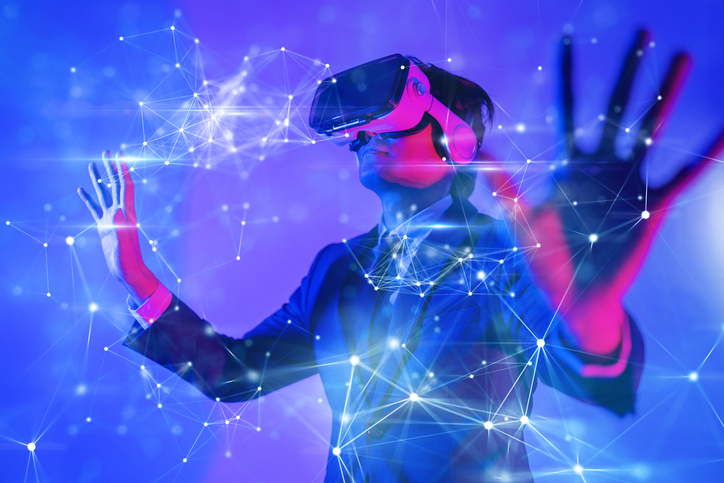
Conclusion
In conclusion, AI and Metaverse open up the virtual world to a more interactive and intuitive user-centric experience. Hence, AI businesses and individuals achieve objects using engaging and authentic solutions within the Metaverse.
0